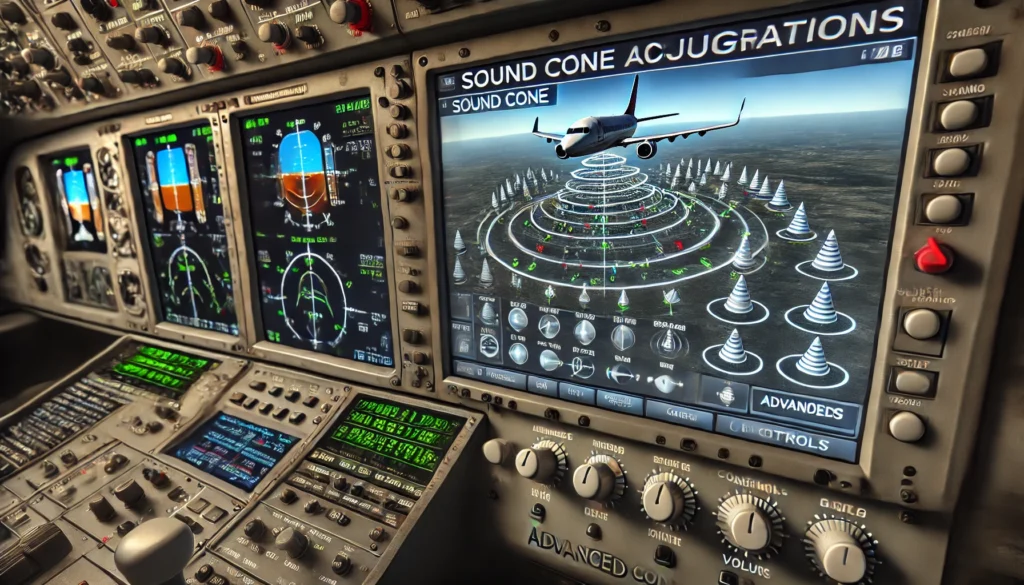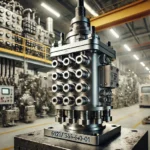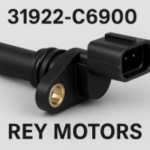Introduction
Prepar3D (P3D) is a powerful flight simulation platform widely used by enthusiasts and professionals alike. One of its standout features is its advanced sound system, which utilizes sound cones to create realistic and immersive audio experiences. A P3D sound cones bank is a structured collection of directional audio settings that help achieve more accurate sound placement in the simulation environment.
This guide will walk you through everything you need to know about the P3D sound cones bank, from basic concepts to advanced configurations, troubleshooting, and real-world applications. By the end, you’ll have the knowledge to optimize your simulation’s audio realism effectively.
Understanding Sound Cones in P3D
What Are Sound Cones?
Sound cones in P3D define how audio is perceived based on the listener’s position relative to the sound source. Instead of sound playing at a uniform volume and direction, sound cones simulate real-world behavior by allowing sound to change dynamically as you move.
Key Parameters of Sound Cones
| Parameter | Description |
|---|---|
| InsideConeAngle | The angle in which the sound plays at full volume. |
| OutsideConeAngle | The angle beyond which the sound starts to fade. |
| OutsideConeVolume | The volume of the sound outside the defined cone. |
| ConeHeading | The horizontal direction the sound is projected in. |
| ConePitch | The vertical direction of sound emission. |
Understanding these parameters is crucial for achieving accurate and realistic audio placement in P3D.
What is a P3D Sound Cones Bank?
A P3D sound cones bank is essentially a collection of predefined sound cone settings tailored for various aircraft, environments, and scenarios. This repository allows for seamless audio configuration without needing to adjust individual sounds manually each time.
Benefits of Using a Sound Cones Bank
- Improved Realism – Enhances the depth and directionality of audio.
- Consistency – Standardized settings ensure a uniform experience across different aircraft and locations.
- Efficiency – Reduces the time spent configuring sounds manually.
- Better Audio Spatialization – Helps in differentiating engine noise, wind effects, and environmental sounds.
Setting Up a P3D Sound Cones Bank
Step 1: Gathering Required Tools
To set up a P3D sound cones bank, you’ll need:
- Prepar3D Installed (Latest version recommended)
- Sound Configuration Files (XML or CFG formats)
- A Good Quality Headset or Speaker System (To monitor sound directionality)
- FS Sound Studio (Optional but useful for testing sound cones)
Step 2: Configuring Sound Cones
- Open the sound.cfg file of the aircraft you want to modify.
- Locate or add entries for InsideConeAngle, OutsideConeAngle, and OutsideConeVolume.
- Adjust values based on the desired directional effect.
- Save and test in P3D.
Step 3: Testing and Adjustments
- Load the aircraft and move around the source to check how sound changes.
- If necessary, tweak ConeHeading and ConePitch for better accuracy.
- Keep refining until you achieve the best directional audio experience.
Advanced Configuration Techniques
Customizing Sound Cones for Different Aircraft
Each aircraft in P3D has unique sound characteristics. Fine-tuning the P3D sound cones bank can enhance the immersion:
- Jet Engines: A wider InsideConeAngle with gradual attenuation creates a smooth sound transition.
- Propeller Aircraft: More directional sound cones help in differentiating left and right engine noise.
- Helicopters: Custom cone pitch settings allow for realistic rotor audio dynamics.
Integrating Environmental Sounds
Beyond aircraft sounds, sound cones can be applied to:
- Airport Ambience (Ground vehicles, announcements)
- Weather Effects (Wind, rain, thunder)
- Surrounding Traffic (AI aircraft, boats, vehicles)
Common Issues and Troubleshooting
1. Sound Cones Not Working
- Ensure values are correctly set in sound.cfg.
- Test different OutsideConeVolume settings to check for changes.
2. Sound Direction Feels Off
- Adjust ConeHeading and ConePitch for proper alignment.
- Use FS Sound Studio for real-time monitoring.
3. Volume Too Low Outside the Cone
- Increase the OutsideConeVolume parameter to avoid unnatural drop-offs.
Future Trends in P3D Sound Systems
The world of flight simulation audio continues to evolve. Upcoming advancements may include:
- AI-Based Sound Adaptation: Automatically adjusting sound cones based on aircraft and weather conditions.
- 3D Spatial Audio Support: Enhanced realism using next-gen sound engines.
- VR Audio Integration: Immersive directional sound for VR simulation users.
Conclusion
A P3D sound cones bank is an invaluable tool for flight simulation enthusiasts seeking realistic and immersive audio. By understanding sound cone parameters, setting up a structured sound bank, and utilizing advanced techniques, you can significantly enhance your P3D experience. Whether you’re an amateur hobbyist or a professional, optimizing your sound system will take your simulation realism to the next level.
Additional FAQs
1. Can I use the same sound cones bank for all aircraft? While some settings may be universal, aircraft-specific adjustments are recommended for optimal results.
2. Do sound cones impact FPS performance in P3D? Minimal, but extensive configurations with many overlapping sounds could cause slight performance issues.
3. What’s the best way to test my sound cones setup? Using FS Sound Studio or manually moving around the aircraft in external view.
4. Can I share my P3D sound cones bank with other users? Yes, by sharing the sound.cfg file and relevant modifications.
5. Are there third-party addons that improve P3D sound cones? Yes, some developers offer high-fidelity sound packs that include pre-configured sound cones.
By applying the knowledge in this guide, you can master P3D sound cones and take your simulation experience to new heights!
RECOMMENDED ARTICLES
NASTRAN SOL 146 MONPNT1 Results Explained Youtube – A Comprehensive Guide
Spiritus Trainer PC Game: The Ultimate Guide
How to Use SFZ in MPC Beats: A Comprehensive Guide
Dinsdale Shop Chair Cushions for Sale – The Ultimate Buying Guide












